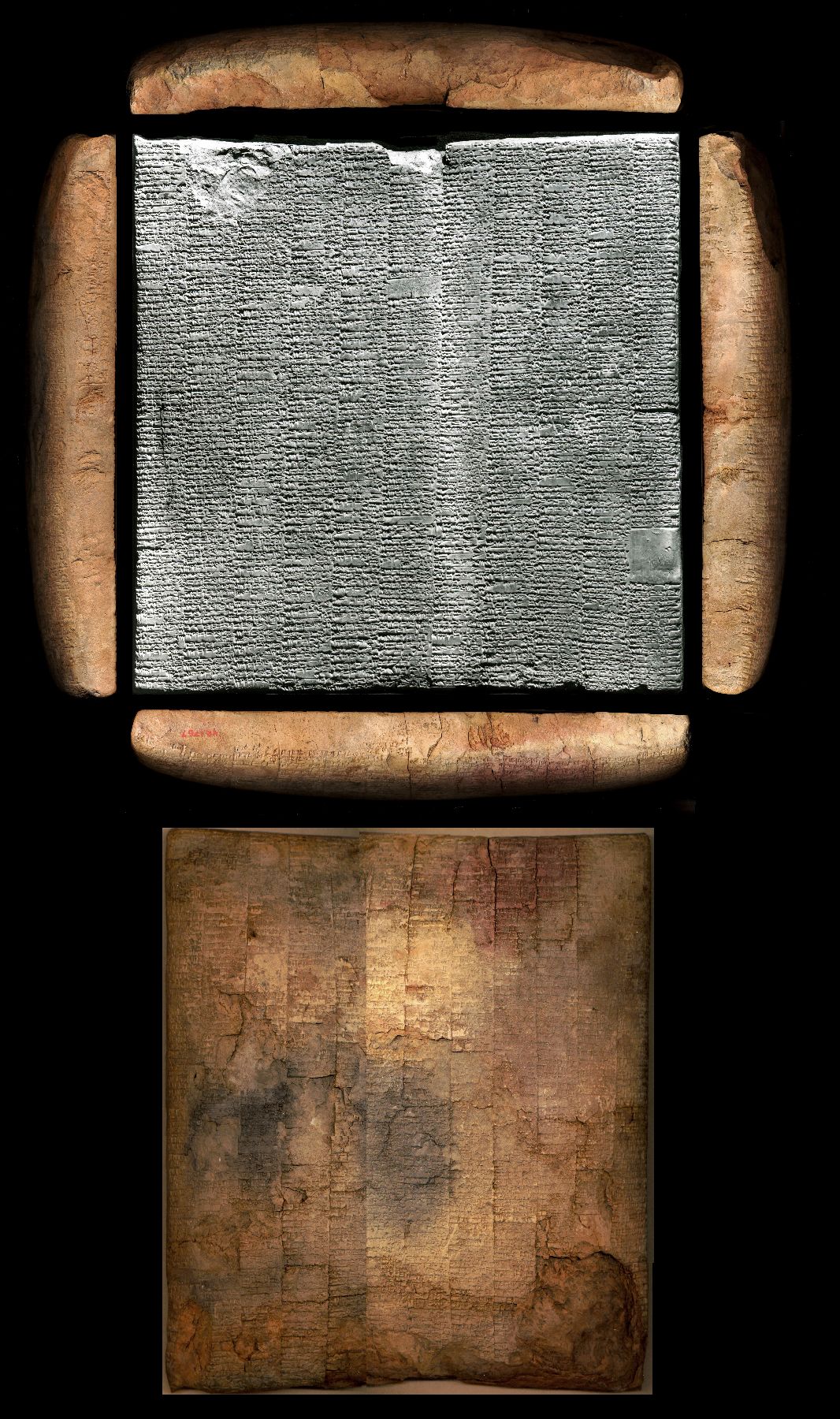Record of Temple Workers
(Ancient Near East )
This is one of the largest clay tablets to survive from the Neo-Sumerian period. The 24 columns of writing on the back and front record the names of nearly 20,000 temple workers from the Umma area. It dates to the 37th year of the reign of Shulgi, a king of the 3rd Dynasty at Ur. During this period, Ur controlled much of Mesopotamia by means of a highly centralized bureaucratic system. Large schools of scribes oversaw the training of select young men in the skills of reading and writing the Sumerian language, which contained over 500 signs representing entire words (logographs) and individual syllables.
Inscription
Provenance
Provenance (from the French provenir, 'to come from/forth') is the chronology of the ownership, custody, or location of a historical object.
Dikran Kelekian, Paris and New York [date and mode of acquisition unknown]; Henry Walters, Baltimore, 1912, by purchase; Walters Art Museum, 1931, by bequest.
Conservation
| Date | Description | Narrative |
|---|---|---|
| 3/15/1938 | Treatment | cleaned; coated; stabilized |
| 7/23/1959 | Treatment | cleaned |
| 1/29/1974 | Treatment | stabilized; other |
Measurements
H: 12 3/16 x W: 12 x D: 1 15/16 in. (31 x 30.5 x 5 cm)
Credit Line
Acquired by Henry Walters, 1912
Location in Museum
Accession Number
In libraries, galleries, museums, and archives, an accession number is a unique identifier assigned to each object in the collection.
In libraries, galleries, museums, and archives, an accession number is a unique identifier assigned to each object in the collection.
48.1767


